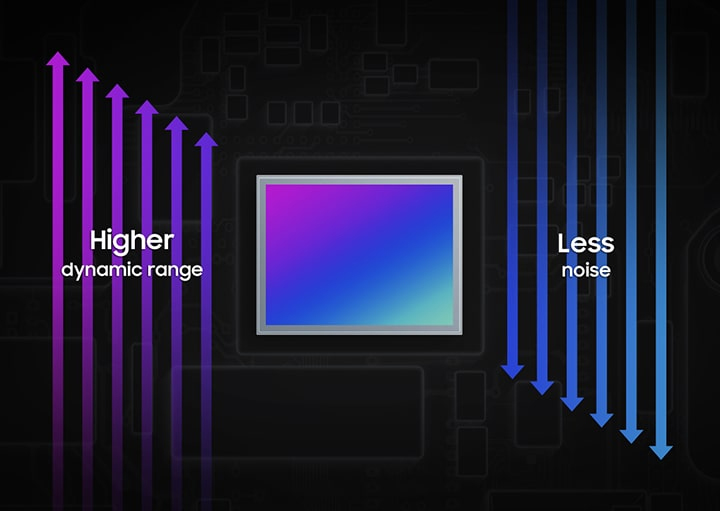Samsung’s Sensor Tech Can Capture High and Low ISO Simultaneously
Samsung has published a video that details how its Smart-ISO Pro technology works. The company explains that unlike how traditional ISO functions, its tech can capture two ISO ranges at the same time in the same photo to dramatically expand the dynamic range and color accuracy.
Smartphone image sensors have massive limitations when compared to the larger sensors found on dedicated cameras, and as a result, smartphone companies like Samsung have to rely on various computational photography techniques in order to produce photos that look remotely acceptable in comparison. Samsung’s latest 108-megapixel sensor found on the Galaxy S21 Ultra, its ISOCELL HM3, has much better dynamic range than its previous sensors thanks mainly to a technology it details in the video above: Smart-ISO Pro.
The above is clearly designed to explain to those unfamiliar with photography terms and technology how sensors capture light and actually does an excellent job breaking that process down.
In digital photography, the conversion gain determines the light sensitivity of the image sensor and is utilized to convert light into voltage. When shooting in low-light environments, details in dark areas can be lost if the conversion gain is too low. By contrast, the image sensor may not be able to retain sufficient color information if the conversion gain is too high in brighter environments.
Most mobile image sensors have a fixed conversion gain. This makes it challenging for smartphones to consistently capture high-quality photos across different lighting environments. The problem can then become even more pronounced in mixed lighting environments with extreme lighting discrepancies, such as backlit portraits.

Samsung’s ISOCELL HM3 is outfitted with its Smart-ISO Pro technology which allows it to capture two conversion gains simultaneously and combine them into one image. Samsung specifically developed this technology to make up for the traditionally lackluster dynamic range performance of small smartphone sensors and equips its 108-megapixel sensor with two levels of conversion gain – high and low ISO mode – allowing the camera to select the optimal settings depending on the environment.
When the lighting is low, high ISO mode converts light to voltage with higher conversion gain to express adequate detailing in shadow while reducing noise in the image. Low ISO mode also maximizes the capacity of each individual pixel to prevent oversaturation and to enhance color reproduction in brighter parts of the shot.
Smart ISO was then expanded into Smart-ISO Pro, which is technically an HDR solution because it combines the benefits of two ISO ranges into one photo – essentially, it takes two photos at two different ISO exposures and combines them to create one properly-exposed image.
When the smartphone camera takes a photo, Smart-ISO Pro first converts the light information of the scene into the voltage signal in both high and low ISO modes respectively. Next, the technology intelligently combines the outcome of the two modes together to create a final image with high dynamic range. This enables the image sensor to bring out the detailing of darker areas, retain the natural color of highlight areas, and ultimately produce images that are true-to-life.
Samsung says that this technology, which isn’t a new concept but was simply refined for use in its smartphone sensor, also has color reproduction benefits. Smart-ISO Pro has 12-bit color depth support, and Samsung says this delivers “unparalleled accuracy in color reproduction.”

By combining the information from two 10-bit images together, Smart-ISO Pro can express over 687 billion colors, which is 10 times more than a single 10-bit image. When shooting a smartphone’s pro mode, 12-bit HDR images can be saved in RAW format, giving users greater flexibility when it comes to adjusting exposure, white balance, color, and more with no concessions.
HDR capture has been a fixture of smartphone photography for some time, but it’s still interesting to hear how one company approached the concept and actually deployed it into one of its consumer devices. For now, the ability for images to be captured using Smart-ISO Pro is limited to the 108-megapixel sensor on the Samsung Galaxy S21 Ultra, but it is highly likely that the technology will be expanded to other phones in Samsung’s lineup going forward.
(via Image Sensors World)